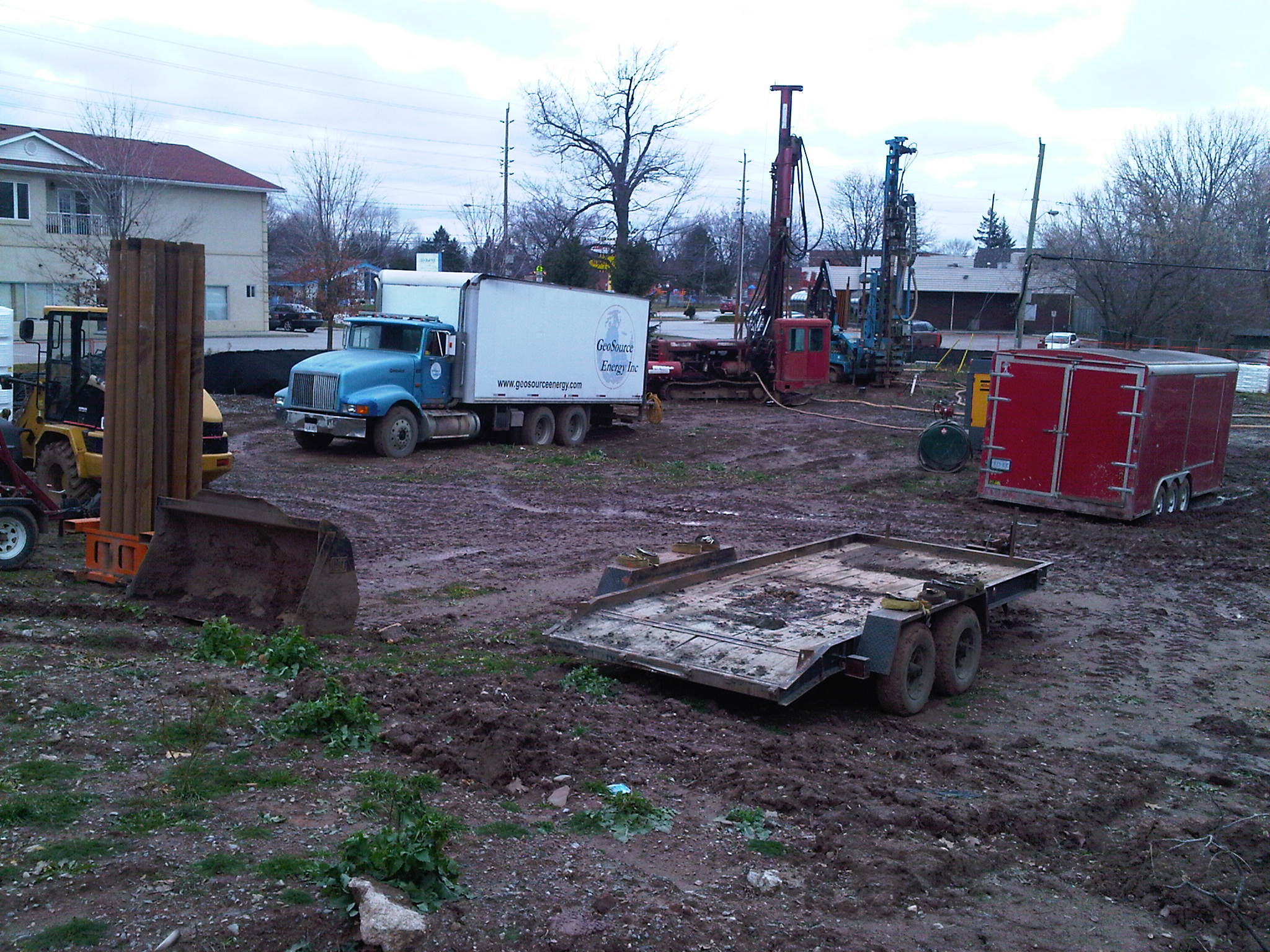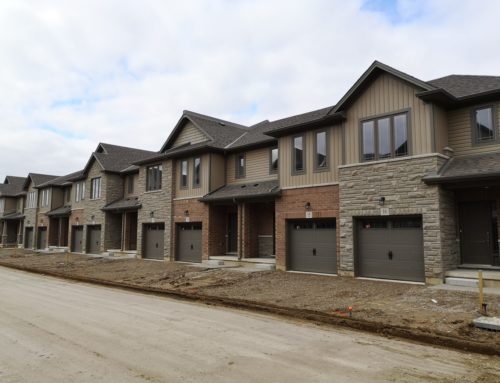Imagine a heating and cooling system for your home that would keep you cool in the summer and warm in the winter, cut your utility bills by 30 to 60 percent, and help save Planet Earth, all at the same time. Sounds like a challenge for the new millennium, doesn’t it? Fortunately, this advanced heating and cooling system is here today, and thousands of homeowners across the continent are already reaping the profound and plentiful benefits it provides.
Many of today’s premier builders are pioneering the shift to geo-thermal energy in their new home and condominium developments. Using considerably less energy, running quieter, and requiring less maintenance than typical HVAC systems, geoexchange technology is a thermal energy transfer system that takes advantage of solar energy stored in the ground and water. While the outside air temperatures significantly fluctuate, the deep ground temperature remains relatively constant. Geothermal systems take advantage of this physical principal to provide cool-crisp air in the summer and warm comfortable air in the winter.
The primary advantage for the consumer is of course cost. As global energy supplies dwindle, and demand for oil continues to increase, consumers are ultimately left to deal with the dictates of market forces. A geothermal energy system insulates homeowners from the uncertainties of these markets while helping to eliminate overall dependence on fossil fuels. Homeowners with geothermal units typically realize energy savings of 30 to 50% over conventional gas, oil, or heat pump systems. In fact, a typical 2000-sq.-ft. home can be heated and cooled for as little as $1 a day. In addition, geothermal systems can also supplement the home’s conventional water heater, saving up to 30% of hot water costs every year.
Homeowners with geo thermal units also enjoy considerable comfort in comparison to their oil and gas dependent counterparts. Like traditional forced-air units, geothermal systems rely on ductwork to evenly distribute air throughout a building. But unlike forced-air units, where you can feel the blasts of air, a geothermal unit effortlessly maintains a steady ambient room temperature, thus contributing to the overall comfort of your home. Geothermal systems eliminate indoor temperature swings and humidity changes that often occur with traditional systems. They are also able to regulate humidity levels naturally, protecting your home from excess moisture and the damage it can cause.
Furthermore, since they have no outside condensing units like air conditioners, there’s no concern about noise outside the home. Geothermal systems use the same principles that operate a refrigerator or freezer, and the units are just as quiet. There is no unsightly outdoor unit to disturb you or your neighbors.
Unlike traditional home heating systems, geothermal units require next-to-no maintenance to remain in proper working order. The underground components are virtually worry-free. The components in the living space are easily accessible, which increases the convenience factor and helps to ensure that the upkeep is done on a timely basis.
As they use fewer mechanical components, and because those components are sheltered from the elements, leaves, dirt, and possible vandalism, geothermal heat pumps are durable and highly reliable. The underground piping used in the system often has 25- to 50- year warranties, and geothermal heat pumps typically last 20 years or more.
Geothermal systems are also much safer than their traditional counterparts. Since they tap into the earth’s natural fuel source, threats caused by combustible fossil fuels such as natural gas and propane are eliminated. No worries about flames, fumes, odors, or carbon monoxide.
From a purely altruistic standpoint, there are not many alternative energy options that make a bigger impact than residential geothermal energy. According to the Environmental Protection Agency (EPA), geothermal pumps can reduce energy consumption and corresponding emissions by up to 70% in comparison to traditional heating and cooling systems. Manny are shocked to learn that nearly 40% of all global carbon dioxide emissions are a result of the energy used to heat, cool and provide hot water for buildings. This is almost the same amount contributed by the transportation sector. So for those looking to significantly minimize their carbon footprint, geothermal is a much preferred way to go.
As you can see, geothermal energy is not only beneficial for the natural environment, but it is also one of the best choices for the indoor environments we live and work in. Geothermal systems provide a very convenient, clean, and powerful source of infinitely renewable energy – at least practically speaking. Of course one day, the earth’s core will stop producing heat, but at that point, we’ll either be long gone or have bigger and more fascinating challenges to face. In the meantime, make sure to give the geothermal option serious consideration when buying your new home.






